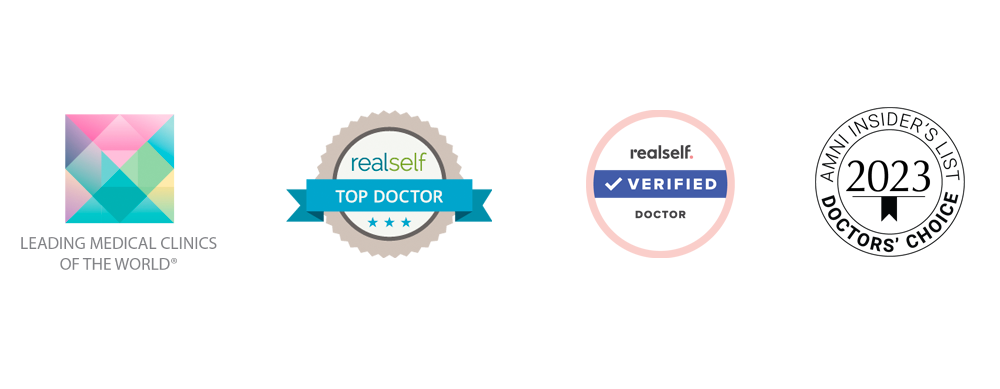By Francine Kopun for The Toronto Star
Fat might be your friend if you’re considering plastic surgery.
Injecting fat doesn’t just add volume to areas like cheeks that have become hollowed out with age. Surgeons are discovering that injected fat contains stem cells that rejuvenate and regenerate the tissue over which fat is injected, says Dr. Mitchell Brown…This process is being used successfully in breast reconstruction, facial procedures and to plump up aging hands, he adds.
Brown is an associate professor in the Department of Surgery at the University of Toronto, an active staff member at Women’s College Hospital and North York General, and has his own private practice. He specializes in aesthetic and reconstructive breast surgery, body contouring and facial aesthetic surgery.
We talked to him about some of the latest research, trends and novel procedures under discussion at the conference, where an estimated 5,000 plastic surgeons and others involved in the field from around the world were expected to attend. (This is an edited version of the conversation.)
So fat wasn’t making people look better just because it was pumping up a concave area or depleted area. The stem cells were actually making the skin look more youthful?
It’s probably a combination of both. We now see that there are actual, identifiable changes in the quality of the tissue that overlies the area where fat is injected. The skin softens, becomes more vascular and more natural to the touch and appearance.
Does this mean anything to people with low body fat or people who are having fat removed by liposuction? Are they losing valuable stem cells?
We all have such a significant quantity of fat stores in our body that we probably have plenty of stem cells regardless.
What are the implications of this?
If we can identify the sources of stem cells and learn how to harvest them properly, that marries extremely well with the whole branch of plastic surgery called tissue engineering, where we need to reconstruct parts of anatomy that have been damaged or are missing.
For example, we may be able to take cartilage cells and mix them with fat cells in a mould and actually grow an ear in a lab and be able to implant it in the body.
What are some of the new or novel procedures in plastic surgery?
One of the big changes in the field of breast reconstruction surgery has been the use of a skin substitute most commonly coming from cadaver skin that is processed to remove all of the living cells, so that it’s very safe for use. When it’s implanted your body repopulates it with your own cells, so it becomes like your own skin. In the past, women having their breasts removed had to undergo two or three surgeries. In many patients we are now able to do it in a single surgical procedure.
There’s been exponential growth over the last 10 years in non-surgical esthetic procedures. The main advances are better ways to restore volume that are simple and easy to use.
Face-tightening is something that’s really new. We use a non-surgical procedure that allows us to safely apply heat to the skin without burning it. The heat causes the underlying structural fibres in the skin to tighten. When you heat any animal product it tightens, we all know that from when we cook meat. This is a similar concept, but in a safe, controlled way.
There’s also been a real explosion in non-surgical fat removal, including an ultrasound technology which is applied externally on the skin to break up fat cells.
Is plastic surgery like Botox injections becoming a part of some people’s beauty regimen?
I don’t think it should become something taken for granted. Any procedure, even a simple non-surgical procedure, has advantages and disadvantages.
Something called the Miami Thong Lift is being billed as the “latest craze in plastic surgery for your butt.” What should people think when they read headlines like that?
I think that people need to always look to their most important and valuable tool, which is personal common sense.
What is the most commonly requested cosmetic procedure in your private practice?
Breast augmentation. The majority of patients that I see are women in their 30s, 40s, 50s, who are moms or have had some weight fluctuation, and just want to restore volume and shape in a subtle, natural way.







